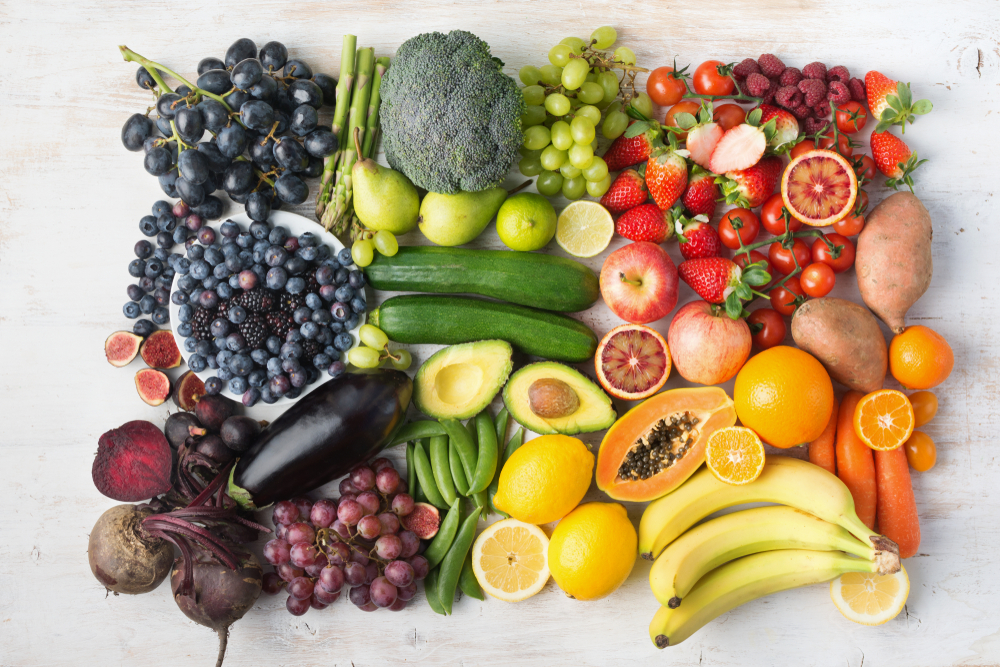
March is National Nutrition Month highlighting, essentially, that health begins on your plate. From a nutritional perspective, eating the right food is the cornerstone to wellness.
This year the campaign champions the health benefits of buying locally, and it’s obviously great for the local community too. But what should we be looking for at this time of year in the farmer’s markets and why?
Clinical Nutritionist Suzie Sawyer shares five great reasons for buying locally this month.

Buying local equals better nutritional value
It can often be confusing when buying fresh from farm shops because we tend to assume the produce is organic. This is not always the case. However, whilst organic foods contain far fewer pesticides, it’s uncertain if they provide greater nutritional value than non-organic produce, especially if they’ve been flown round the world.
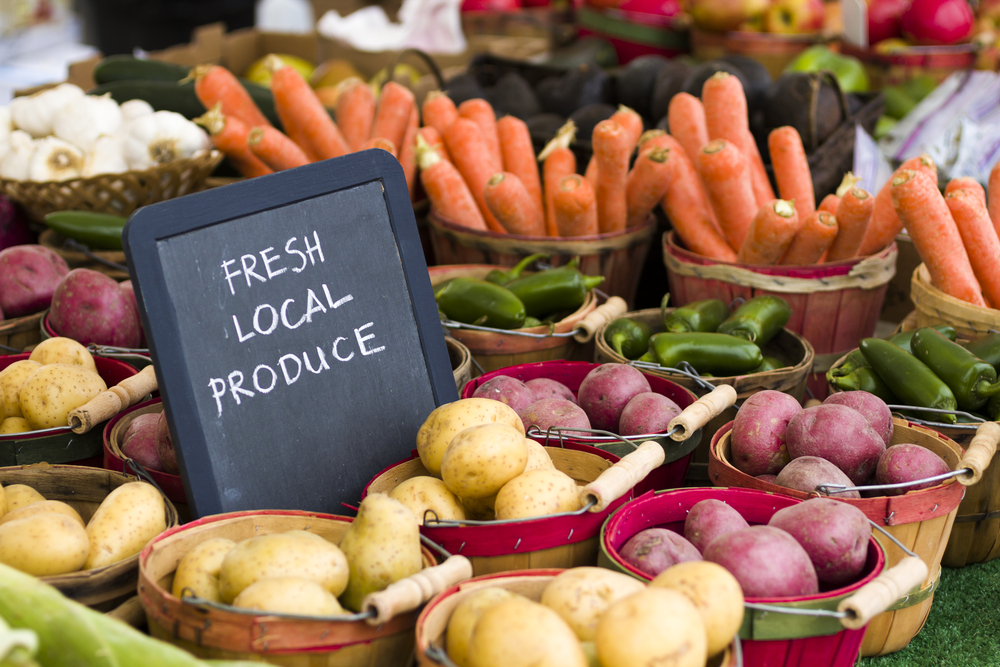
In the case of farmer’s markets, what we do know is that the time from farm to fork is going to be considerably lower than that of produce lingering in a supermarket storeroom or imported from abroad. This means that locally produced food has better nutritional value. For example, Vitamin C is easily lost from produce during longer storage times. Add if the produce has been cut, prepared, and wrapped before sale, more vitamin C will be lost.
At farmer’s markets or local farm shops, you’ll be able to buy fruits and vegetables in their more natural state.
So what to buy at this time of year?
Love purple sprouting broccoli
This vegetable is a great example of why eating fresh is best. Purple sprouting broccoli really comes into its own when young and crisp, without any ‘woody’ texture. And this is where buying local can really pay dividends.
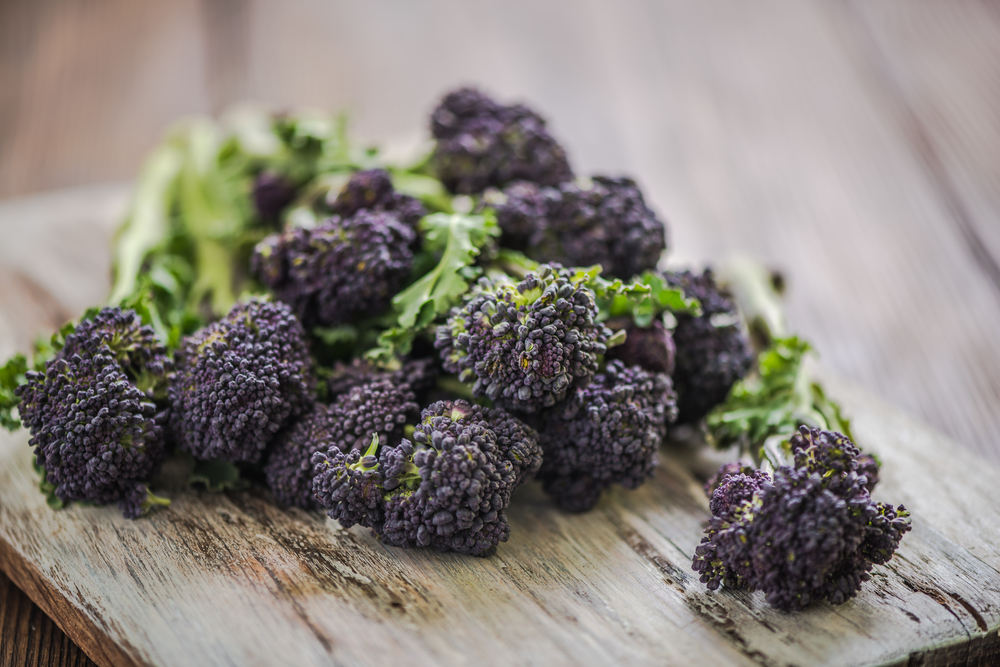
In nutritional terms, all broccoli is part of the cruciferous vegetable family, and we know they all provide wonderful health benefits. Cruciferous vegetables contain the phytochemical sulforaphane, which we know helps protect the body from degenerative disease. Their lovely purple colour also provides loads of antioxidants and plenty of vitamins and minerals too.
Try energising spinach
Leafy green spinach doesn’t look attractive or taste great if limp and lifeless. It’s certainly another vegetable that needs to be eaten fresh, especially if you want to use the leaves in salads.
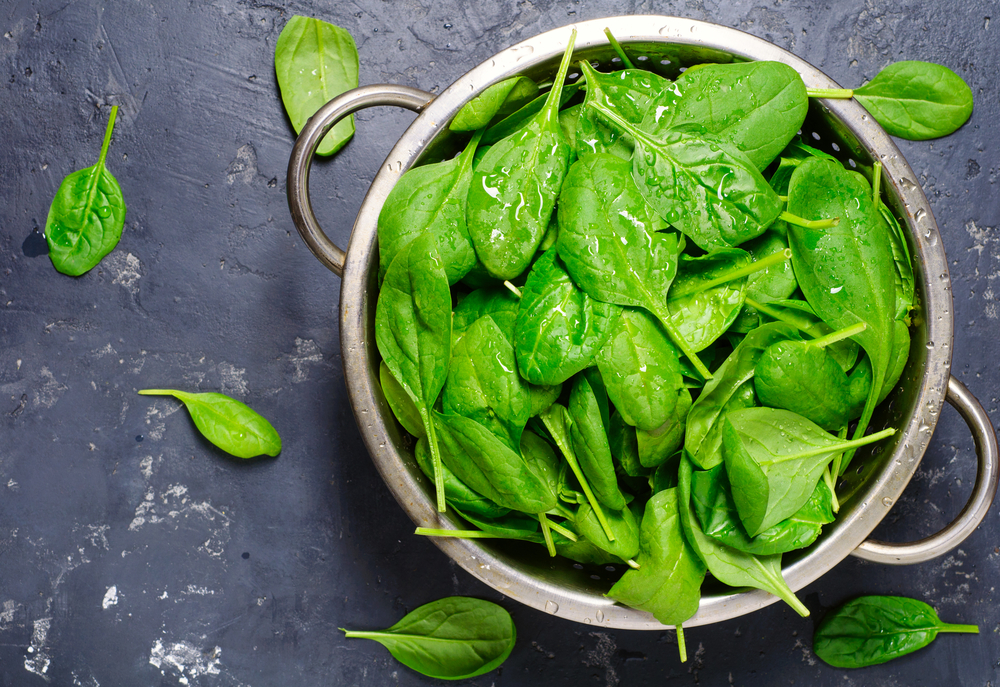
Spinach will give energy levels a good boost, down to being rich in the B-vitamin folate. It’s also full of vitamin C and antioxidants which are especially supportive of eye health.
Enjoy delicious swede
Swede is definitely a vegetable to be found in farmer’s markets and is a highly nutritious and filling vegetable to feed a hungry family. It does keep in the fridge for a couple of weeks, but you will lose some of the all-important vitamin C the longer you have it.
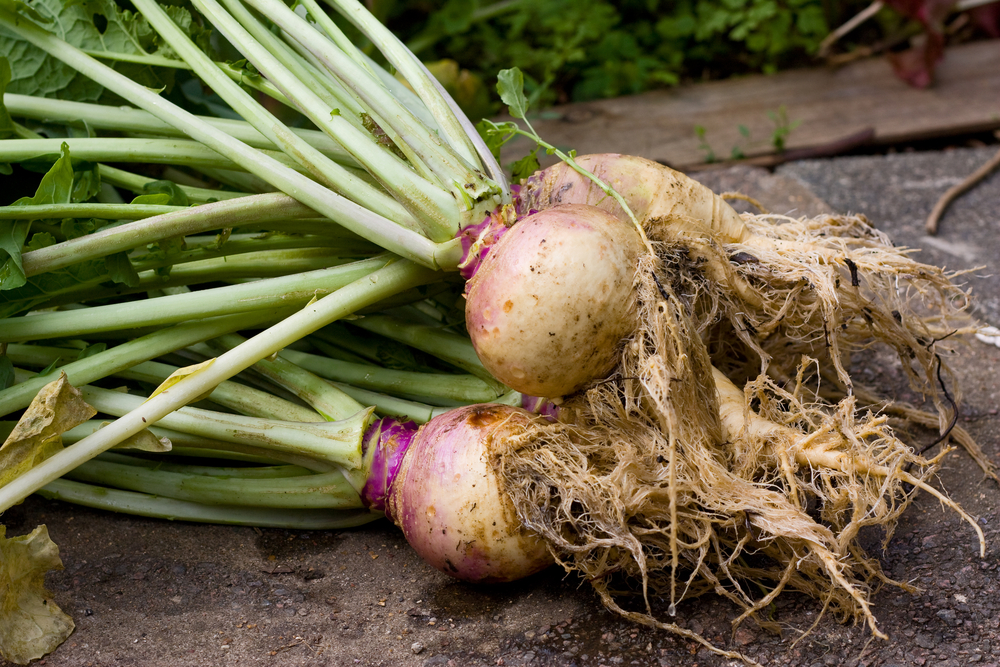
Why not use it as a replacement for potatoes, mashed with a little butter and black pepper, or made into a delicious and filling gratin with leeks and potatoes?
Grab some kale – a nutritional powerhouse
Kale is another great example of a vegetable that benefits from being eaten fresh: its taste can become bitter when stored for too long. Don’t delay, grab some in the local market today and give yourself a real nutritional boost!

Kale is also a member of the cruciferous vegetable family, so will deliver loads of antioxidants and fibre. Additionally, kale is rich in minerals, especially calcium, magnesium, and manganese, to help support strong bones. It also contains iron to support energy and red blood cell production as well as potassium which supports the heart and nervous system.
How to cook kale? Whilst it’s great lightly steamed or boiled as a vegetable side, it’s generally better with some other flavours. Why not choose an Asian theme and stir-fry with some soy sauce, garlic, and oyster sauce? Or try it in a pasta dish with pesto.
If you’re not a regular at your local farmer’s market or shop, then why not make March the month to give your health a real boost by buying local?
FOR MORE GREAT NUTRITION AND LIFESTYLE ADVICE:
Sign up to receive our blog and get a weekly dose of the latest nutrition, health and wellness advice direct to your inbox.
For everything you need to know about vitamins, minerals and herbs visit our sister site Vitamin Expert – your essential guide to nutrition and natural health.
Follow us on Instagram @feelaliveuk for nutrition, lifestyle and well-being tips.
Visit us at www.feelaliveuk.com for the latest offers and exclusive Alive! content.
Follow and Chat with Suzie on Twitter @nutritionsuzie
All images: Shutterstock
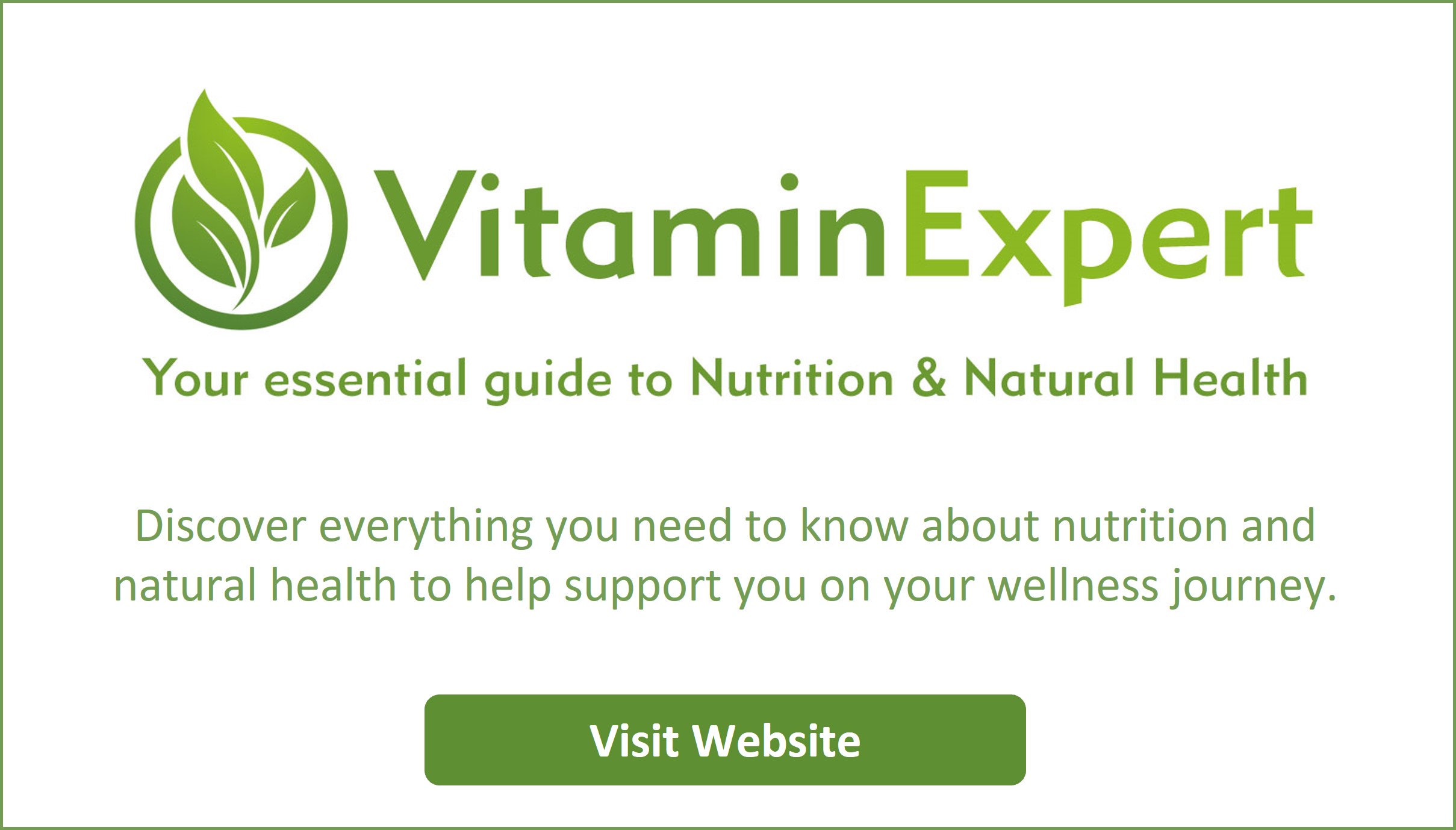


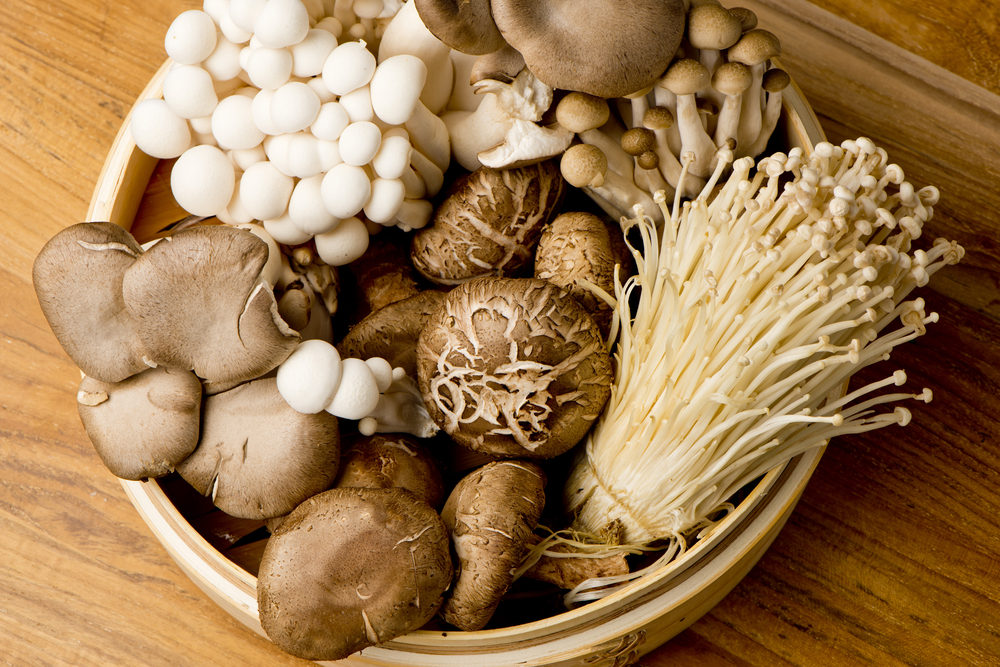



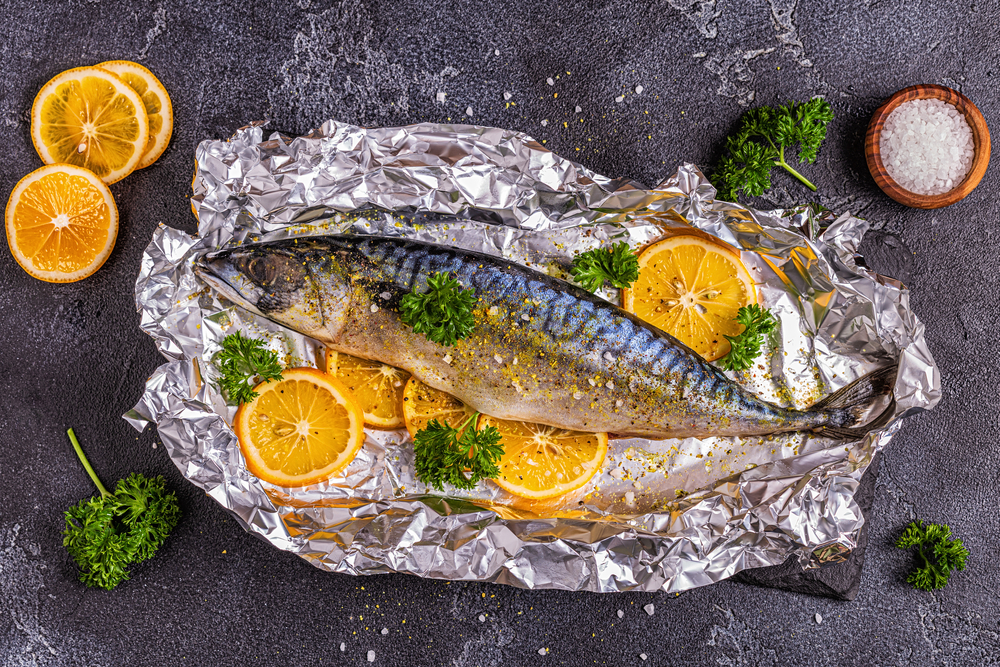

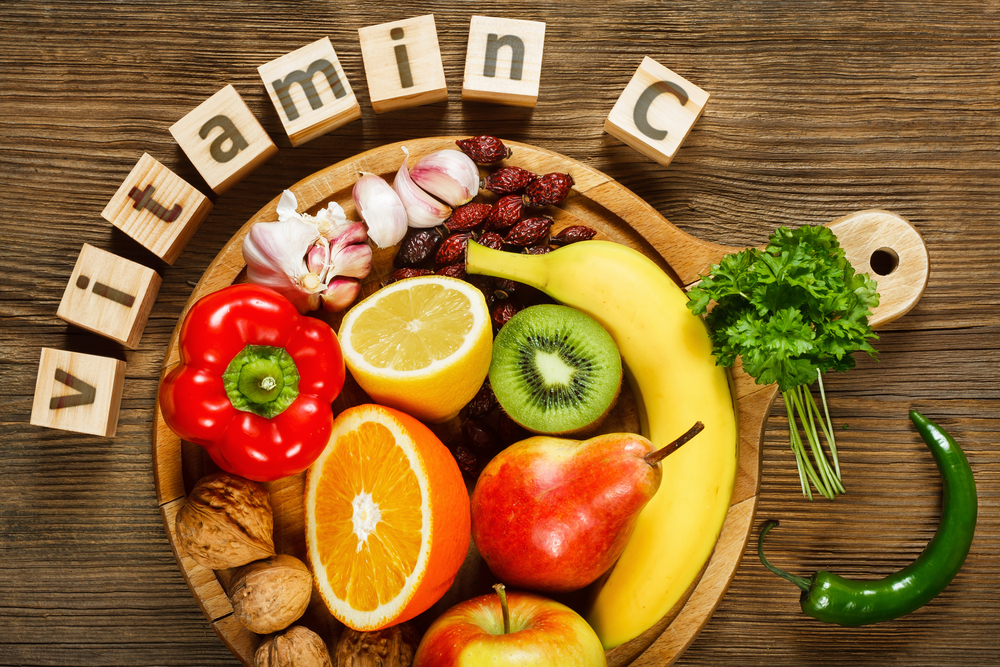
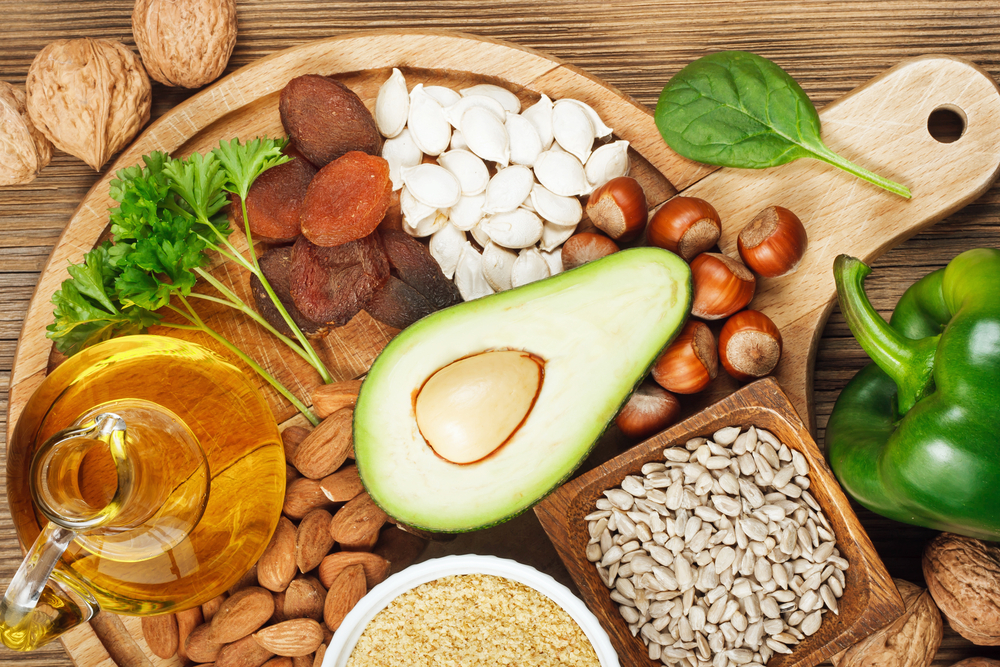
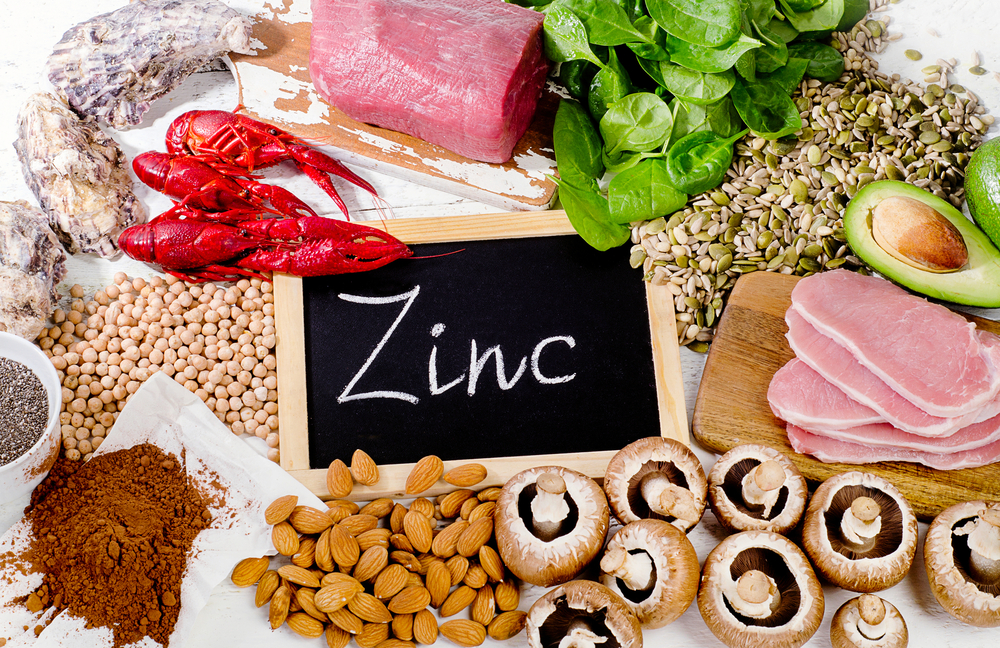
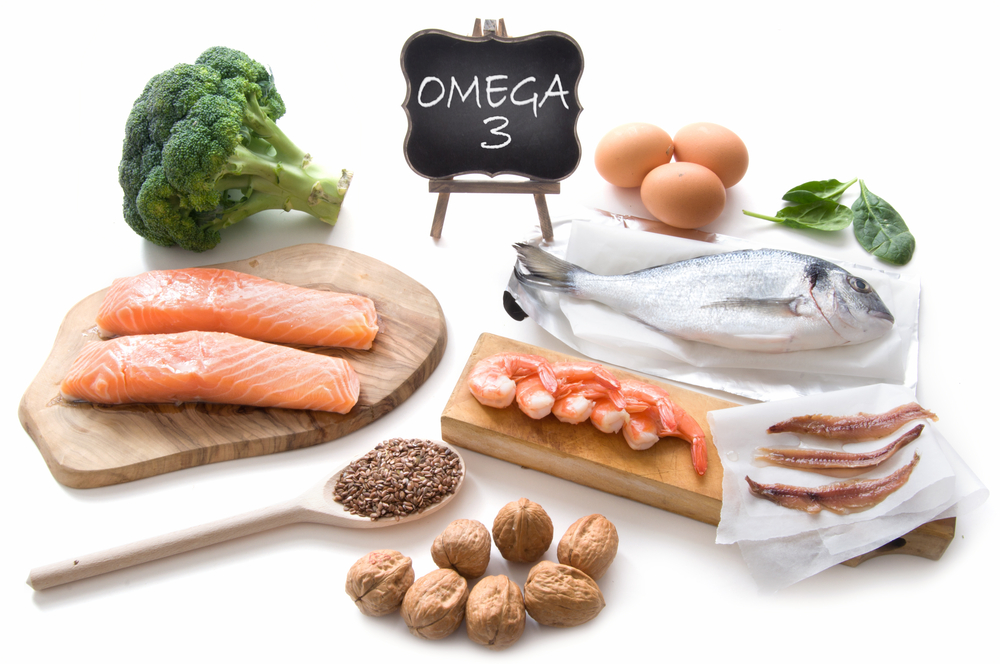
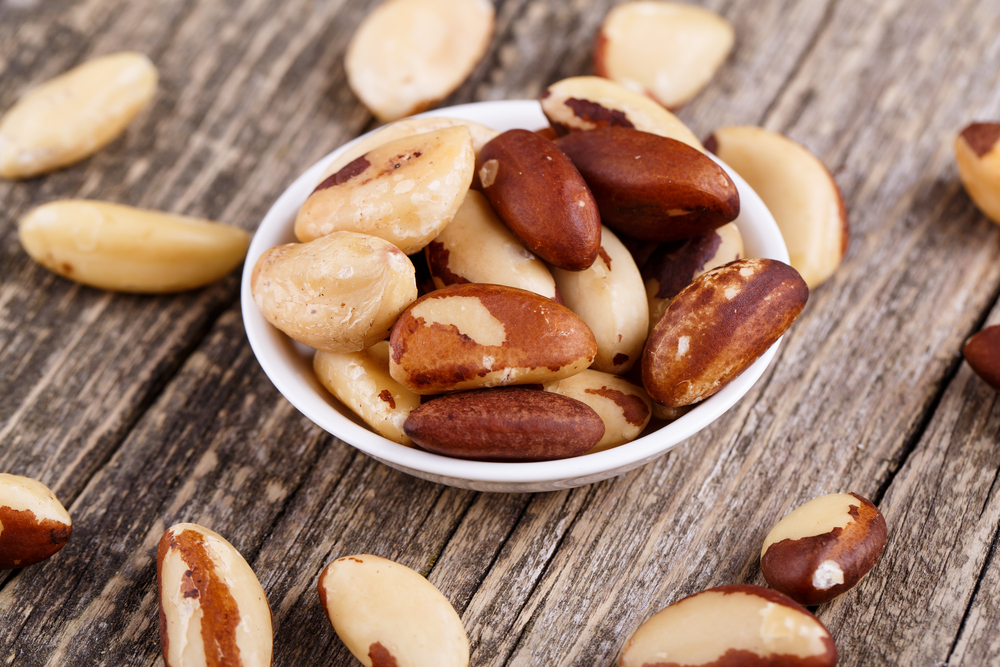


























 Lentils provide an excellent source of protein with around 12 grams for every half cup cooked. The body needs all nine essential amino acids which are only found in sufficient quantities in animal produce. However, many vegan protein sources do contain most of them, maybe lower in some, and lentils certainly deliver in this respect.
Lentils provide an excellent source of protein with around 12 grams for every half cup cooked. The body needs all nine essential amino acids which are only found in sufficient quantities in animal produce. However, many vegan protein sources do contain most of them, maybe lower in some, and lentils certainly deliver in this respect.
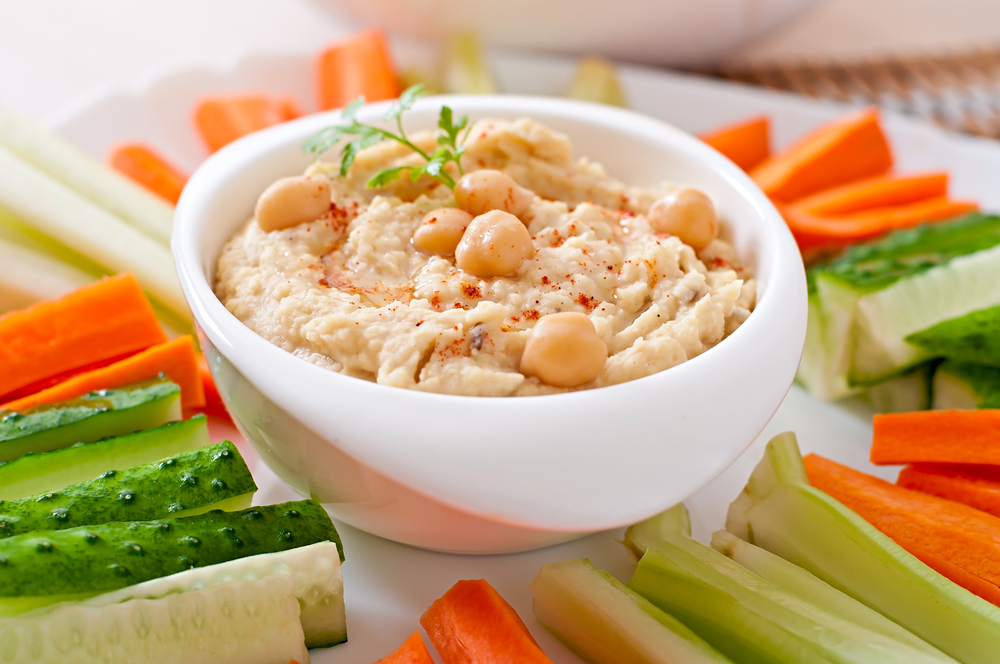 One of the other key ingredients are chickpeas which is the main protein source. Chickpeas are also a phytoestrogenic food which essentially means they help to balance hormones and are especially supportive for women going through menopause. Hummus is easy to make from scratch or there are some excellent organic products in the supermarket. Spread it everywhere you would have used mayonnaise!
One of the other key ingredients are chickpeas which is the main protein source. Chickpeas are also a phytoestrogenic food which essentially means they help to balance hormones and are especially supportive for women going through menopause. Hummus is easy to make from scratch or there are some excellent organic products in the supermarket. Spread it everywhere you would have used mayonnaise! A bean chilli is highly nutritious for so many reasons. The beans provide loads of protein: use a can of mixed beans and one of black beans for the best results. This dish is high in fibre, is rich in energising and hormone-balancing B-vitamins and contains garlic and onions which are both great for the immune system. Serve it with some whole grain brown rice and you’ve created a dish which contains all the essential amino acids too. What’s not to like?
A bean chilli is highly nutritious for so many reasons. The beans provide loads of protein: use a can of mixed beans and one of black beans for the best results. This dish is high in fibre, is rich in energising and hormone-balancing B-vitamins and contains garlic and onions which are both great for the immune system. Serve it with some whole grain brown rice and you’ve created a dish which contains all the essential amino acids too. What’s not to like?






